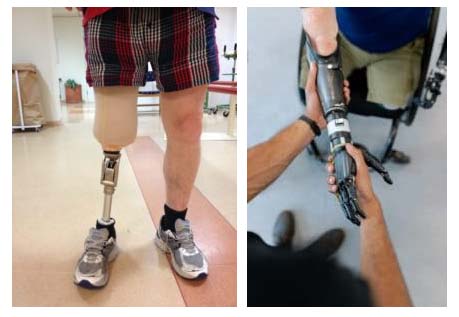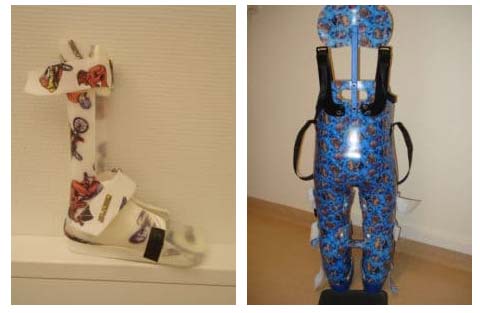Prosthetics, Orthotics, and Assistive Technology
Assistive technology includes the systems and services by which people obtain assistive products. Assistive products, such as prostheses, orthoses, and wheelchairs, improve people’s ability to function and enable them to live independent lives and participate in desired activities
Prosthetic and orthotic products are also mobility devices, which include wheelchairs and walking aids such as crutches and walking frames. Mobility devices, in turn, are broadly classified as assistive products, which also include products for improving vision, hearing, communication, cognition and environment.
Prosthetics is a specialty within the field of health care technology concerned with the design, manufacture, and application of prostheses. A prosthesis is defined as an “externally applied device used to replace wholly, or in part, an absent or deficient limb segment”.


Orthotics is a specialty within the field of health care technology concerned with the design, manufacture, and application of orthoses (braces). An orthosis is defined as an “externally applied device used to modify the structural and functional characteristics of the neuromuscular and skeletal system”.
Prosthetics and orthotics are established disciplines in the field of health science and are often practiced together since they have many commonalities from clinical, technical, and therapy perspectives. Prosthetic and orthotic devices are usually part of secondary/tertiary care, habilitation, and rehabilitation programs.
A prosthesis or orthosis enables a person with disability or functional impairment to remain active, productive, and independent; participate in society; and lead a healthy and dignified life. A good quality orthosis or prosthesis, when appropriate to the person and their environment, can significantly improve a person’s independence and reduce the need for formal support services.
Prosthetic and orthotic care typically involves a referral and appointment from a physician or healthcare team member, assessment, device prescription (selection), funding and ordering of materials and components, product manufacturing and preparation, fitting (customizing device to the person), training, follow-up, maintenance and repairs.
